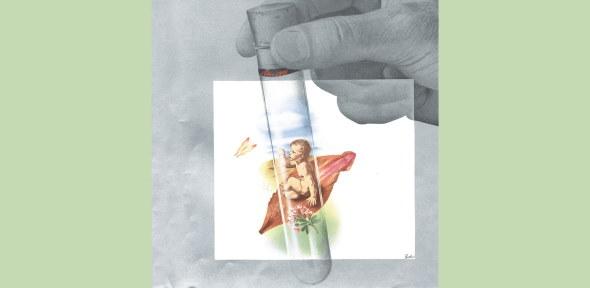
Born following in vitro fertilization in Oldham, near Manchester in 1978, Louise Brown made global news. Some five million children later, she won the Cambridge physiologist Robert Edwards a Nobel Prize. Yet Brown was far from the first 'test-tube baby' to be announced and some experts initially doubted even this claim. To understand why her birth is nevertheless recognized as the founding achievement of reproductive biomedicine, it is important to consider the full web of communication over several decades. Conversely, a close analysis of claims to human in vitro fertilization will reveal how the operation of that web changed in the 1960s and 1970s. That is when the interplay between journals and newspapers, television and press conferences, symposia and magazines became intense and commentators began to write about 'science and the media'. In this way, the research seeks to explain how shifting standards of evidence were caught up in new norms of publication that shape science to this day.
The project is funded by the Leverhulme Trust through a Major Research Fellowship, which is supporting Nick Hopwood to finish the research for and to write a book, The Many Births of the Test-Tube Baby. Over three years from 1 September 2021 the award pays for a replacement lecturer, Salim Al-Gailani, and research expenses. The project is in the area of the 'Generation to Reproduction' seminar and the University's Strategic Research Initiative on Reproduction, of which Nick is a deputy chair. Watch Nick give a short talk about the research (at 30:15).
Main image: Designer Will Burtin imagines the test-tube baby, Scope 1, no. 1 (Nov. 1941), detail. NLM
